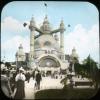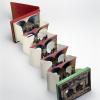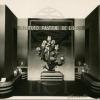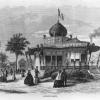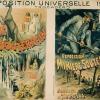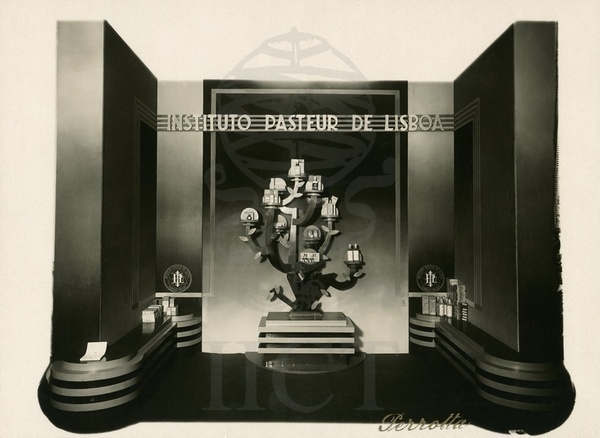Peripheries in the mirror
World exhibitions have long been torn between displaying 'tradition' and 'modernization'. The way nations exhibited themselves also had consequences for how they appeared in relation to the rest of the world.
Aleko Konstantinov, a Bulgarian traveler and writer, expressed shock at the way his country was portrayed at the Chicago Columbian Exhibition of 1897. Although the American publishers of the exhibit catalog were impressed by a five hundred square foot (45.5 square meter) hand-made carpet, but what attracted Konstantinov’s attention was a map of Bulgaria that showed "curious American women [...] where the rose oil came from." He also admitted sadly that Bulgaria exhibited the "essence of cognac from Bordeaux, bottles from Prague, and labels from Vienna" instead of its own products.
By contrast,at the 1922 Centennial Exhibition in Rio de Janeiro, Brazil, Portugal showed many different sides. While the exhibition was officially a celebration of 100 years of Brazilian independence, the conservative capital of the nation was pleased to display its European roots, and gave pride of place to its former colonial rulers. This included a special pavillion to 'Portuguese honour'.
Indeed, many aspects of the Portuguese nation were on display from traditional costumes to products such as wines and olive oil. The hall of industry also showed the modernist stand of the industrial laborarory, the Instituto Pasteur of Lisbon.
 Previous Story
Next Story
Previous Story
Next Story
How to cite this page
Slawomir Lotysz, 'Peripheries in the mirror', Inventing Europe, http://www.inventingeurope.eu/story/peripheries-in-the-mirror
Sources
- Neuburger, Mary. "To Chicago and Back: Aleko Konstantinov, Rose Oil, and the Smell of Modernity." Slavic Review 65, no. 3 (Autumn, 2006): 427-445.





